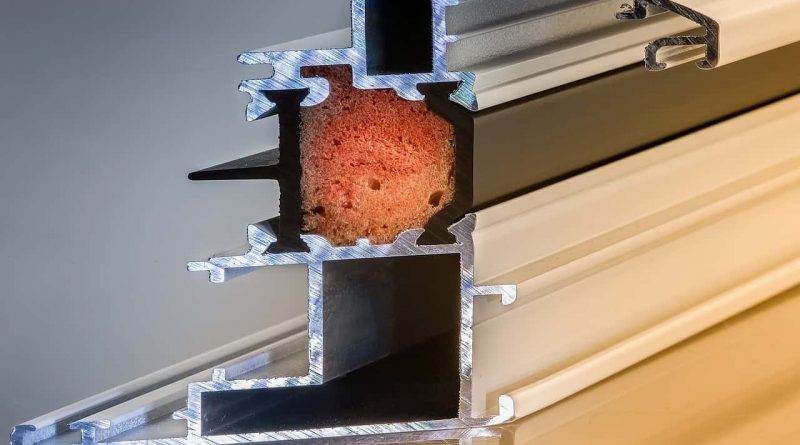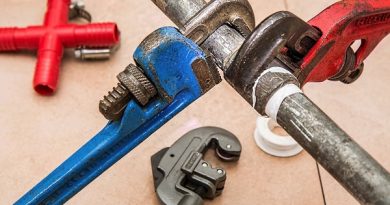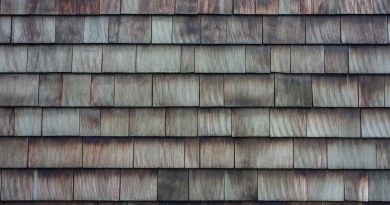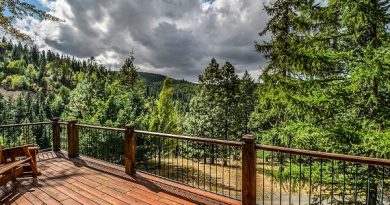Window Frame Materials for Houses
You might have been underestimating the importance of the windows at your home. The main purpose of windows is to provide visual and ventilation. In certain situations, they can also be required to provide safe egress. To get even deeper, windows are part of the building envelope in your building. It is considered “transparent elements” where the majority of heat loss and heat gain takes place. Glasses are heavy and cannot carry any weight from above. Window frames are in place to provide structural support of surrounding, and the glazing itself. Any connection is the potential of a weak spot in a system. The window frame is the transition between glazing and wall. They are the likely places for water damage to happen.
Aside from what looks best, homeowners should also consider the performance of window frames. This can save you money from heating, maintenance, and repair. Homeowners should pay extra attention to the type of window frame and have the corresponding workmanship to protect your home. Early stage leaking into the structure is almost impossible to detect. When the signs are showing, there is usually structural damage. This is why condo repair is usually cost $500,000+ and potentially $10,000+ per unit. The strata management company will tell the owners when the repair should be done. However, single detached house owner doesn’t have that luxury. Look at our guide to learn the signs of potential leaking buildings to protect your home.
The most common window frames available on the market:
- Wood Frames (anchor link to below)
- Aluminum Frames
- Vinyl Frames
- Fiberglass Frames
Wood Window Frames
Wood window frames are known for their durability and easy to replace. They do not have a flange behind the wall, so it can be replaced by simply popping in or out. Also, many municipalities do not require permits for replacing wood frame windows of the same size. Wood window frames have an old character. The aesthetic appeal to a lot of homeowners. The problem with wood window frames is depending on how the wood is sawn, the frame may expand and contract at different parts. This may warp your wood window frame. Many contractors will tell you wood windows are durable. As a matter of fact, in order for it to be durable for a long time, wooden window frames require a lot of maintenance. It does not perform well on the south facade because the direct, harsh sunlight can crack the wood. They are also known to be more expensive, and prone to rot or become termite’s target.
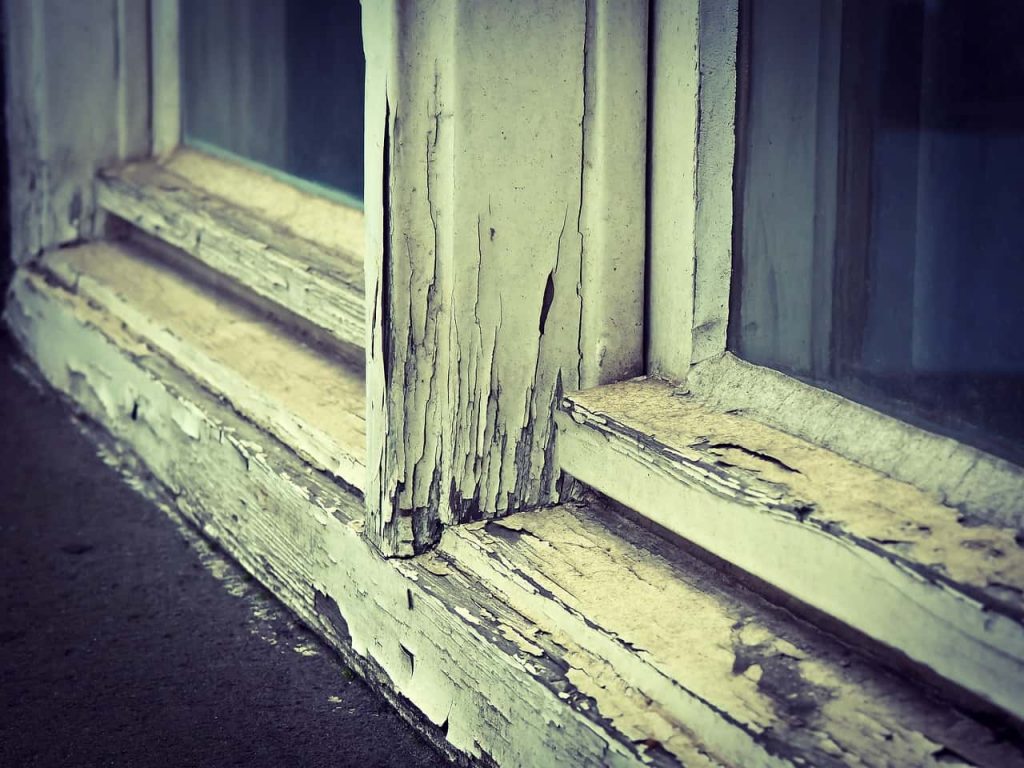
Aluminum Window Frames
Aluminum window frames are the transition between wood to vinyl. There was a period around the 1980s when it was very popular. The benefit for these type of window frames is they are non-combustible. They do not fade in color, do not crack and has low maintenance. However, aluminum window frames are quite expensive. Also, metal is a very bad insulator. Aluminum window frames typically have a very complex profile, with multiple thermal breaks in attempts to stop heat loss. It still doesn’t change the fact that metal naturally transmits heat from your warm home outside a lot faster than other materials. It is important to note that a lot of the older style aluminum window is problematic. They are typically pop in and pop out the type of window without flange. The small window frame profile usually supports single pane glazing. Check for condensation marks. Sometimes stains can be seen on the wall below the window frames. If you have this type of problematic windows in your house, it is better to change it as soon as possible to prevent future structural damage.
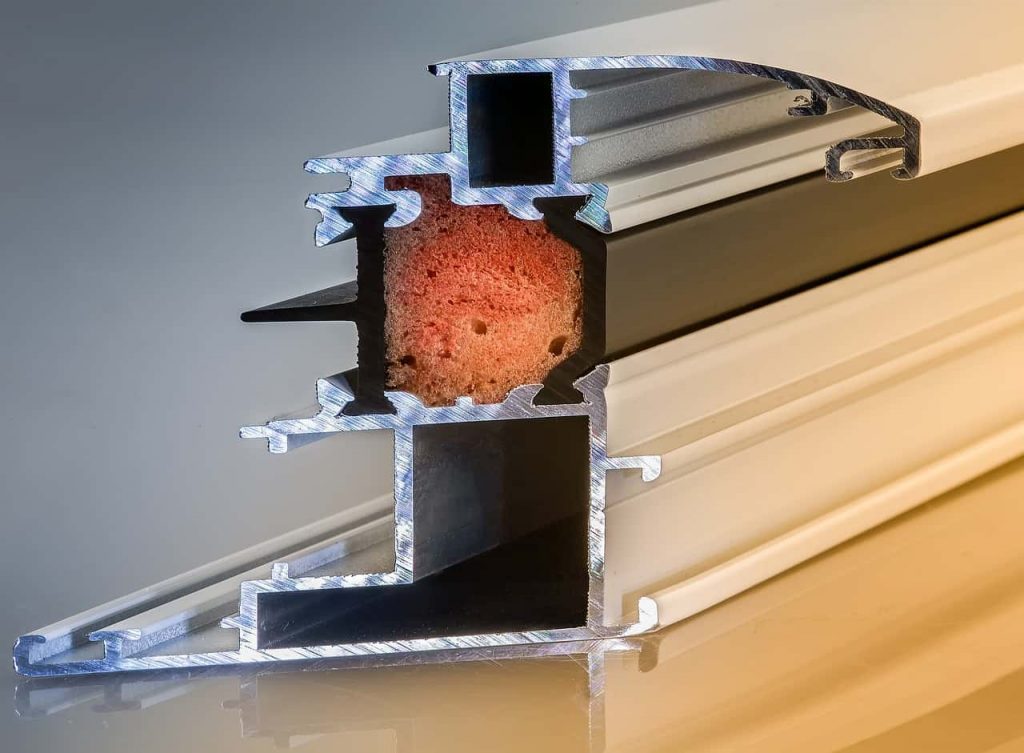
Vinyl Window Frames
Vinyl window frames are made of “Polyvinyl Chloride”, also known as PVC. That’s right, the same PVC as your grey plumbing pipes under your sink. Essentially, these are plastic pipes that take less energy to make. These windows are known for their affordability and versatility. They have very good thermal resistance so have very little heat loss. Compared to wood window frames, vinyl window frames requires minimal maintenance. They do not crack under direct sunlight, but color may start to fade in extreme heat. Do note that vinyl window frames cannot be painted so the color loss is permanent. These windows usually have flange behind wall cladding. Changing them usually requires taking a portion of exterior walls apart and re-seal the envelope. A building permit will be required and hiring an envelope professional is highly recommended.
Fiberglass Window Frames
Fiberglass window frames are the best one you can get on the market now. Unfortunately, they are also the most expensive one on the market. With fiberglass window frames, you get the best of all worlds among the above-mentioned window types. They are durable compared to aluminum window frames. Fiberglass window frames will never warp or crack. Also, the thermal resistance is higher than vinyl window frames. This will give you the most comfortable and provide the most savings throughout the lifespan of your home. Lastly, they can be painted in any color even with the wood pattern to give you the aesthetics if you choose to. The fiberglass window frame is the jack of all trades among window frames so understandably they are more expensive. Some homeowners will always buy the most expensive building material without understanding why others may choose to use a specific type of window frames based on its location and purpose. Understanding the properties of different windows will help you choose the right products with the right budget.
Combustibility
| Combustible | Non-Combustible | |
| Wood | ✓ | |
| Aluminum | ✓ | |
| Vinyl | ✓ | |
| Fiberglass | ✓ | ✓ |
Why is combustibility important? Building code states if you have a non-combustible building (typically commercial or multiple dwelling. But sometimes on high end detached single-family dwelling). Your window frame has to be non-combustible as well. This will limit your choice of Windows and will drive your cost up.
Drying mechanism.
| Weep Hole with integrated system | Natural Dry | |
| Wood | ✓ | |
| Aluminum | Poorly | |
| Vinyl | ✓ | |
| Fiberglass | ✓ |
It is not enough to shed water from the exterior of the window. Depending on the dew point location within window assembly, condensation may occur between glazing or within the window frame. Most modern window systems have weep hole with built in water shedding system for ventilation and drying. The wood window frame is an exception. Moisture will go in and out of wood pores as a natural process. To protect wood window frames we have to adopt weather protection strategies.
On a side note:
For the sake of the reader’s knowledge, lets touch on high-rise apartment’s window system. There are generally use 2 types, curtain wall vs window wall. Curtain walls are generally non-load-bearing and window walls are. If you see a column away from the exterior glazing system, you are dealing with a curtain wall. The alternative is window wall, where you will see large columns on the exterior wall. Similarly to single detached house, window walls have to deal with wall to glazing transitions. Whereas the curtain wall is a system working as a whole.
People usually tend to notice leaks and the necessity to change the window around Fall and Winter times. Fall is for the rainfall, Winter is due to condensation on the window. Hot interior and cold exterior. Condensation happens when components of the windows fail.

